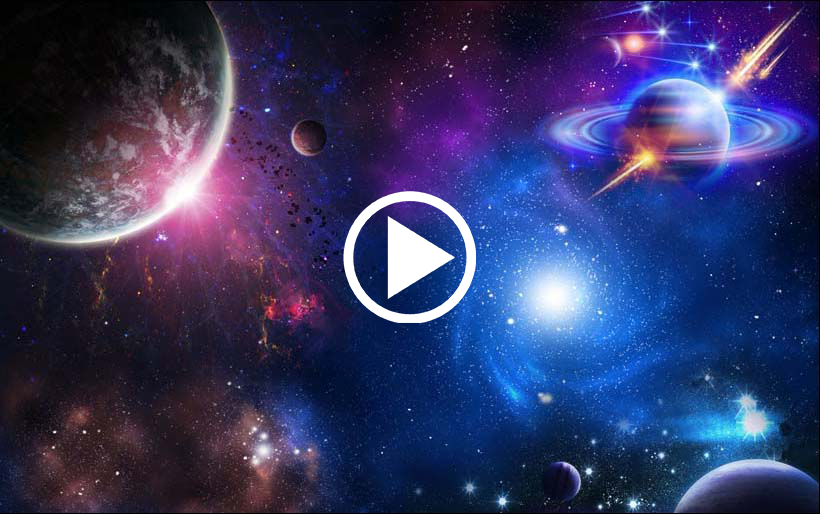The team of astronomers captured this image of 14 galaxies merging with a series of rapidly emerging stars.
Scientists observed 14 molten galaxies using Atacama Large Millimeter Array (ALMA) telescopes and the Atacama Pathfinder Experiment (APEX), Xinhua reported today. This is the first cluster of galaxies named SPT2349-56. Its light did not begin to reach Earth until about 1.4 billion years after the Big Bang, the explosion that allegedly started the universe.
Stars are forming in each galaxy of SPT2349-56 at a speed that may be 1,000 times that of the Milky Way, but are concentrated in space only three times that. The galaxies will merge and develop into galaxy clusters, one of the largest structures in the universe. “It’s amazing to capture an image of a large cluster of forming galaxies,” said astrophysicist Scott Chapman of Dalhousie University.
However, large early galaxy clusters such as SPT2349-56 should have taken longer to develop, the team said. “The fusion occurred very early, presenting a significant challenge to the current understanding of the formation of cosmic structures,” Chapman added.
“Why this cluster of galaxies grew so rapidly remains a mystery. It did not develop gradually over billions of years as astronomers predicted,” said Tim Miller, co-author of the study. Astronomers predict that in the future, 14 galaxies will merge into a giant elliptical galaxy.
The team of scientists believe that SPT2349-56 will help them better understand how today’s galaxy clusters form and develop, for example by finding the source of the superheated gas that permeates the cluster. The very high star formation rate of SPT2349-56 may help explain this.
A series of new stars born during the formation of galaxy clusters likely pushed hot gas into the intergalactic vacuum. This gas is not dense enough to form new stars. Instead, they “roam” the cluster of galaxies.


